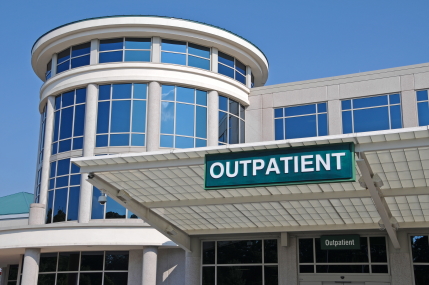Data Driven
Compliance

PharmEcology
PharmEcology provides a one-stop solution to help your organization identify, segregate, manage, and dispose of pharmaceutical waste in a compliant and cost-effective manner. We now offer a unique Assessment of Risk customized to your inventory as required by USP <800>.
Tailored Services
PharmEcology's services are part of a larger concept, a total solution individualized to address the unique circumstances of your facility.
Proven Expertise
The PharmEcology team has 30 years of experience managing pharmaceutical waste streams in the healthcare environment.
Total Compliance
PharmEcology's customized services coupled with our industry knowledge ensure compliance in a cost effective manner.
Industries We Serve

Acute Care Hospitals
Acute Care Hospitals are the most complex organizations in which to develop and maintain a pharmaceutical waste management program. Learn how over 500 acute care hospitals have addressed this complexity with the PharmEcology solutions.
Learn More
Ambulatory Surgery Centers
While Ambulatory Surgery Centers typically do not generate large quanities of pharmaceutical waste, they still must meet environmental regulations and Joint Commission standards. Learn how PharmEcology has the ability to scale to the needs of any sized organization and ensure they meet compliance.
Learn More
Long Term Care Facilities
Long Term Care facilities offer unique challenges when designing a cost effective and compliant pharmaceutical waste program. Learn how our work with the DEA, EPA, and related professional associations lead to a compliant and simple to use solution.
Learn More
LTCF Provider Pharmacies
Provider Pharmacies often have to handle unknown and unplanned pharmaceuticals returned from their customers leading to potential problems when disposal is required. Learn how PharmEcology's Waste Wizard gives 24/7 access to proper disposal information and requirements.
Learn More
Medical Clinics
Medical clinics may only stock hundreds of drugs yet are required to meet the same environmental and Joint Commission standards as hospitals. Learn how PharmEcology can provide a cost effective solution while ensuring compliance.
Learn More
Retail Pharmacies
The cornerstone to the PharmEcology solution is the input from PharmEcologists® who have years of experience working in retail pharmacies and understand the constraints of a busy, high volume store.
Learn MoreThe PharmEcology Advantage

- Industry-leading PharmEcologist® teams experienced in compliance and waste categorization
- Access to the PharmE® Waste Wizard®, a web-based search engine that provides 24/7 access to drug waste categorization information, including state hazardous waste designations down to the product level
- Remote and on-site training and education to help your staff learn how to segregate pharmaceutical waste
The Latest Industry News
Rely on our comprehensive solutions to deliver environmentally sound management of both hazardous waste pharmaceuticals and NIOSH hazardous drug handling.
About Us
PharmEcology has been the thought leader in pharmaceutical waste management since its inception in 2000 and has pioneered both hazardous waste categorization and the implementation process throughout the healthcare organization.
Contact Us
Phone: 877-247-7430


